Buddhism and Shinto are separate “religions” – not really a “religion” as people elsewhere practice Christianity or Islam. In Japan they are combined so people can practice both of them without conflict. Shinto is not an organized religion, it is more a collection of traditional Japanese beliefs. A visit to Japan is incomplete without a visit to the temples in Kansai, which are many and varied as well as being beautiful.
Temples in Kansai
Most of the Oldest temples in Japan are found in Kansai, in and around Nara. A group of the Seven Great Temples of Nara date from that period and most are still in use. Many have survived earthquakes, fires and wars. Those that were damaged or destroyed have been rebuilt, repaired or reconstructed.
Kyoto has temples and shrines in abundance as the city was not a target of bombing during the Second World War. Both Nara and Kyoto are cities worthy of more than a couple of days to explore. Many have beautiful gardens as well, some of which we visited during our stay.
Nara
- Nara was the Capital of Japan between 710 and 784, known as the city of Heijo-kyo.
- One of the oldest temples in Japan is Horyu-ji. It’s south east of Nara and there’s a railway station nearby with the same name. It’s one of the powerful Seven Great Temples.
- There are three other major temples in Nara Park worthy of a visit. You can visit these comfortably with a day trip from Osaka or Kyoto.
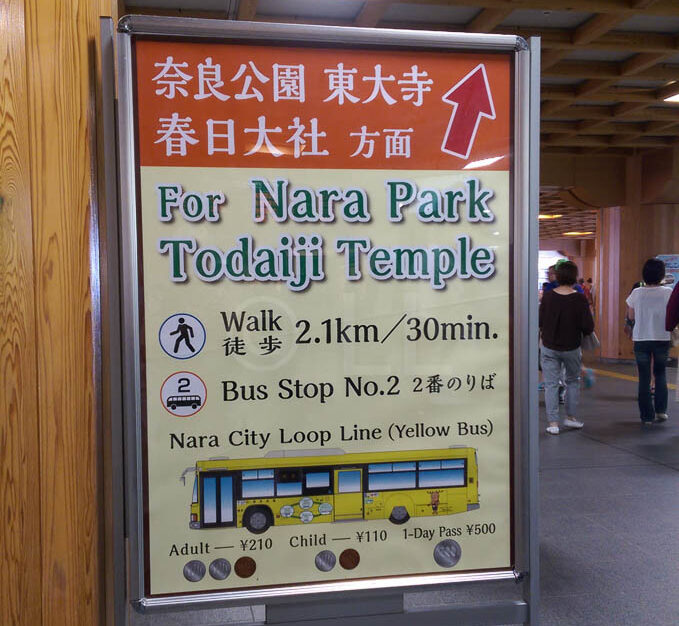
- To reach the park, walk along the Mall from Nara station to the park (2.1km) or catch a Nara Loop bus. (adults ¥210, children ¥110, day pass ¥500)
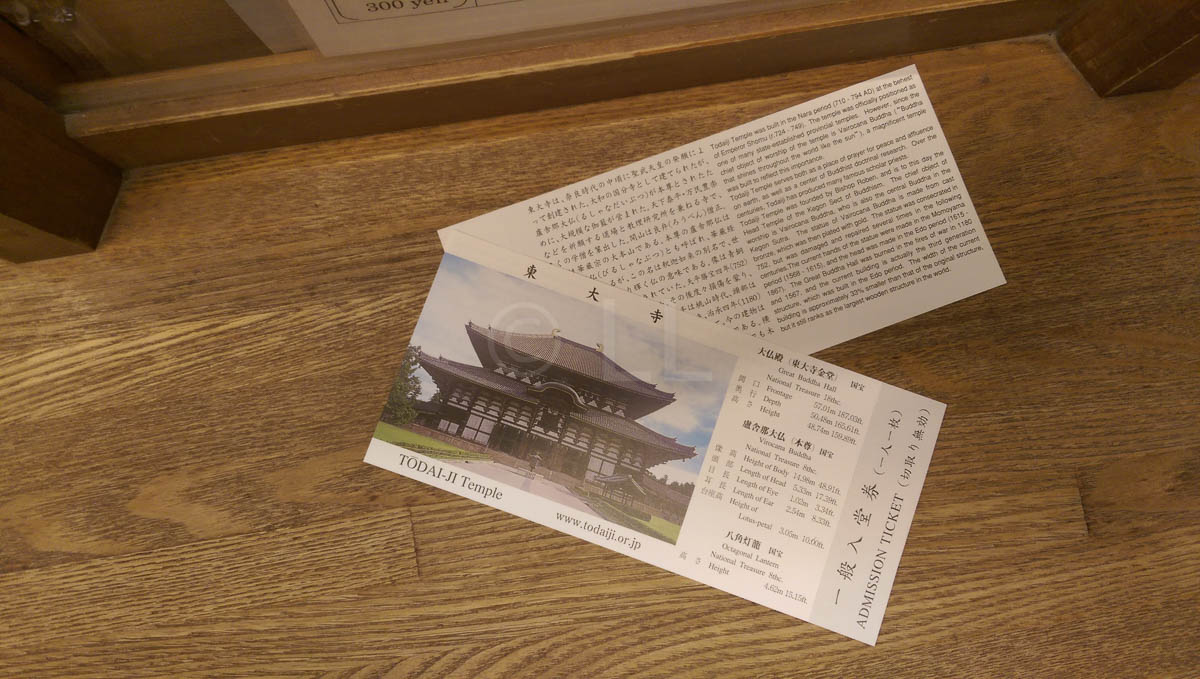
-
Kohfuku-ji Temple
-
- This is a 5 storied pagoda, the second largest wooden pagoda in Japan.
- A UNESCO World Heritage Listed Site, it was first built in 730 and most recently rebuilt in 1426.
- It’s another of the powerful Seven Great Temples, but is not open to the public.
- Other buildings in the complex are usually open, but at the time of writing are closed for restoration.
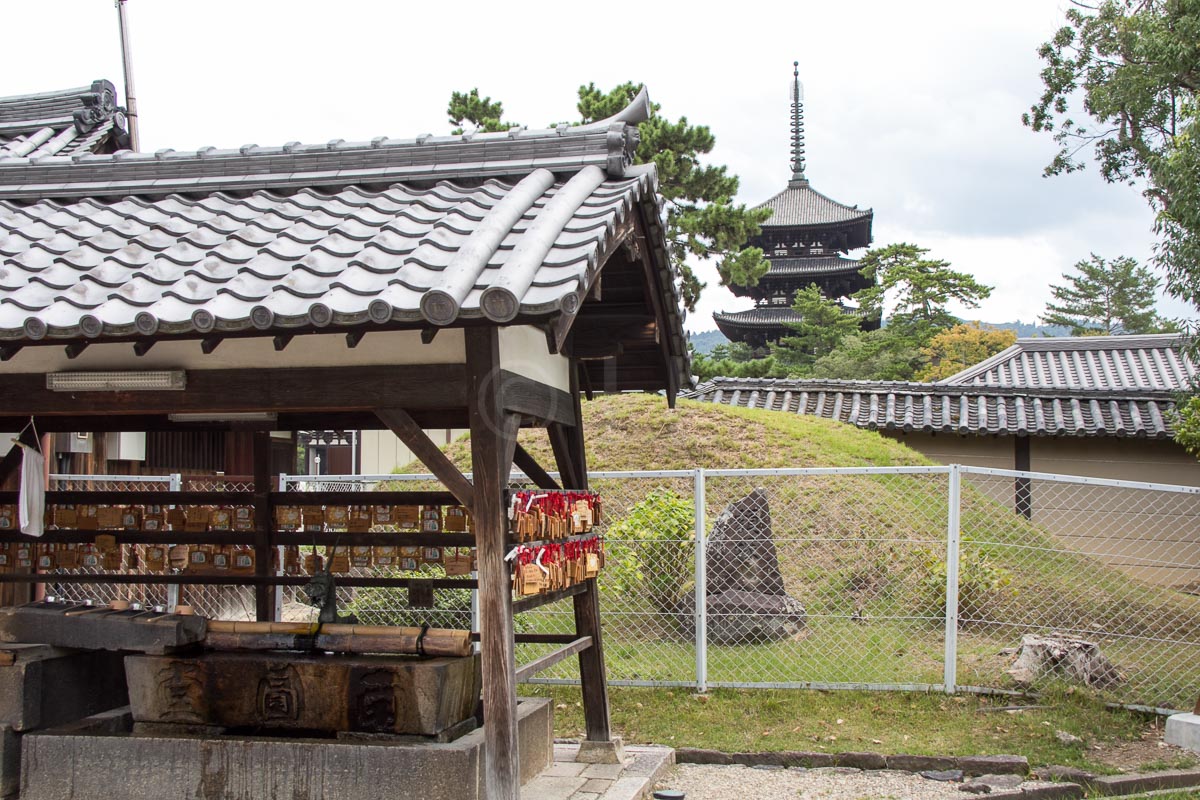
-
Todai-ji temple
- The world’s largest bronze statue of the Buddha sits majestically in the main temple, flanked by statues of Kokuuzo-bosatsu on his right and Nyoirin-kannon on his left.
- The building housing the statues is the world’s largest wooden building.
- There is a fee for entry, currently ¥600.
- At the souvenir counter, shake a stick from the box and have your fortune read.
- If you are young and hope for enlightenment, there is a pillar behind the main statue with a hole to crawl through.
- Todai-ji is also one of the Seven Great Temples and on the UNESCO list.

-
Kasuga Taisha Honden Shinto Shrine
- The main temple is worth a look, but there is an entrance fee, currently ¥500.
- If you prefer, go through the door on the eastern side of the courtyard.
- Access to this area is free to walk through hundreds of stone lanterns.
- If you time your visit to reach the inside shrine at 4pm, you’ll be able to witness a Shinto priest offering prayers.
- The temple is World Heritage listed.
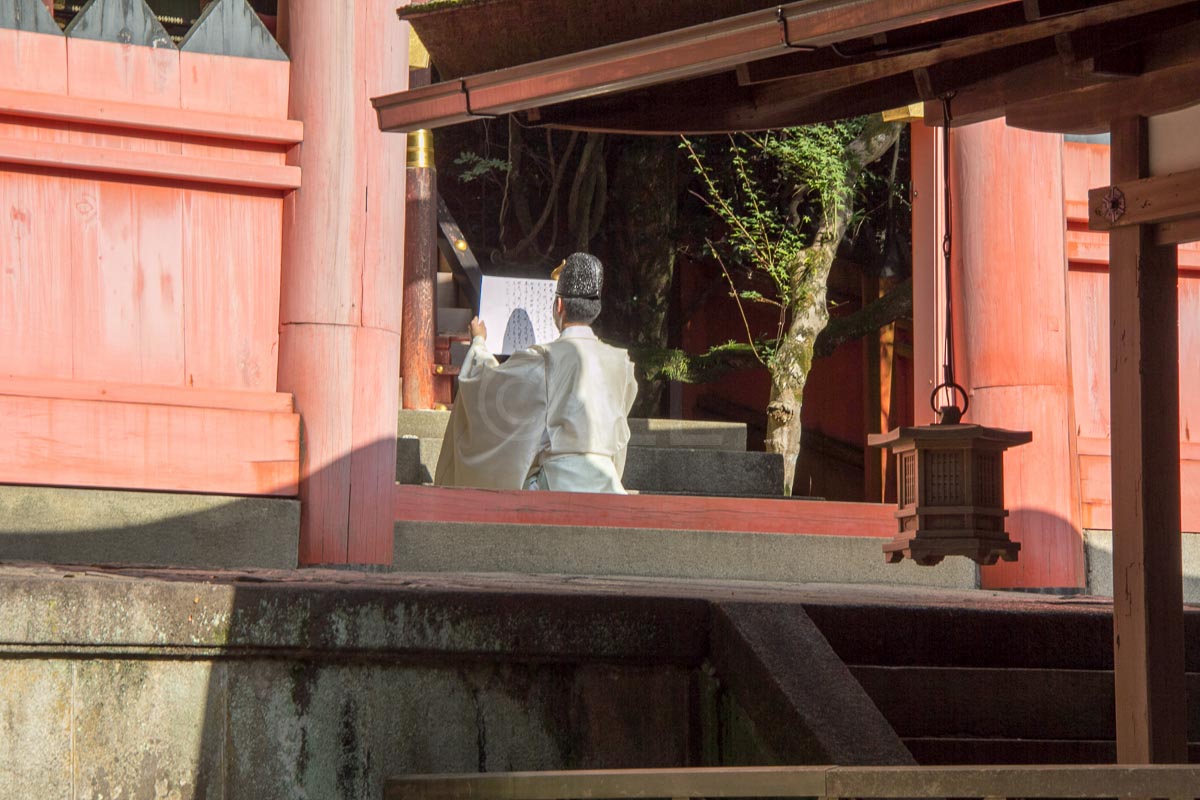
Inari
- Inari is one of the oldest Shinto sites in Japan.
- The Fushimi Inari Taisha Shinto Shrine is just over the road from the Inari Railway Station.
- The Station is two stops on a local train from Kyoto Main Station on the JR Nara line. Make sure it is a local train, most of the direct Nara trains don’t stop at Inari.
- Torii gates traditionally mark the approach and entrance to a Shinto shrine.
- There are thousands of torii (gates) leading you up the hill to the main shrine.
- The oldest gates date to 711AD, when the temple was founded.
- Take your lunch or a snack to enjoy a rest about halfway up the mountain. There’s a great view out towards Kyoto.
- There are many small shrines on the way up and even small shops selling prayer items, souvenirs and drinks.
- Be careful of the Japanese macaque monkeys on your way down. The males can be aggressive, so don’t threaten them.
- Allow half a day to enjoy this shrine. The walk to the top is worth the effort.

Otsu
Otsu is home to a number of important temples. The Mii-dera Temple complex is the most accessible for travellers without a car. Otsu is worth a full day visit as it’s also home to the largest freshwater lake in Japan, Lake Biwa.
-
- Issaikyozo Temple is one of a group of Buddhist temples in the Mii-dera Temple in Otsu. The complex includes a beautiful two layer pagoda and many religious texts, Buddhist statues and scrolls.
- Give yourself time to wander about the well wooded grounds and well made paths. Many of the signboards include an English version.
- Look for the large signboard identifying all the buildings. There are also directions to a lookout over Lake Biwa, tha largest lake in Japan.
- Catch the train from Kyoto Main Station to Otsukyu on the Keihan line. The journey takes about 20 mins. The temple complex is a walk of about 15 minutes to the East.
- You can also catch a local train at a station just south of the Otsukyu station.
- The complex closes at 5pm. There is an entry fee, currently ¥500, although this is not collected after 4pm.
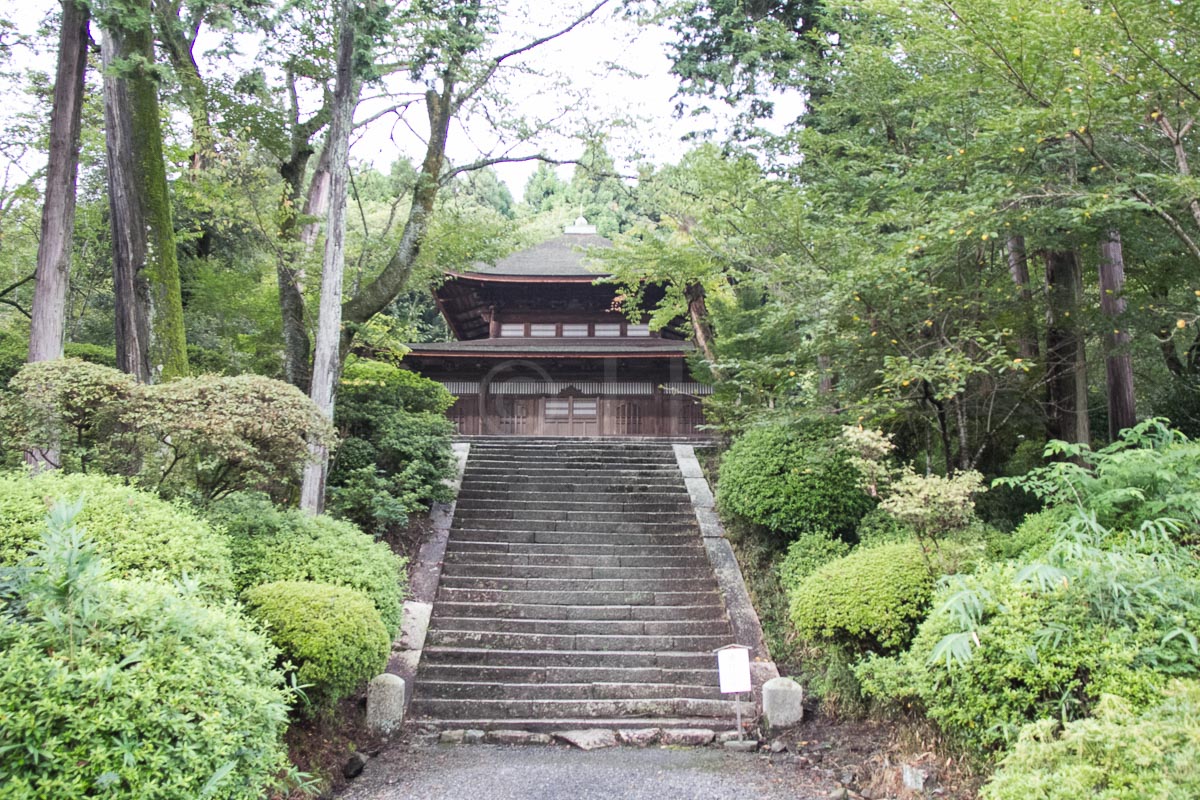
Kyoto Shingon sect temples
-
Nishi & Higashi Honganji temples
- Two temples of dominant sub-sects of Shin Buddhism, the Pure Land teaching of Japanese Buddhism established by Shinran Shonin in the 12th Century.
- The two temples are close to Kyoto Railway station and free to visit.
- Higashi Honganji, the Eastern Temple of the Original Vow, is close to Kyoto Tower. Look for the rope made from hair of devotees in the late 19th Century. The rope was used to haul the massive logs used in rebuilding the temple following its destruction by fire in 1864. The display case is in the open hallway joining the two main buildings.

-
- Nishi Hongwanji, the Western Temple of the Original Vow is a few blocks directly west of the Higashi Honganji. It’s an easy 15-20 min walk. The layout is similar, but they have a very impressive Kara-mon Gate on the south wall of the complex. This highly ornate gate is seldom opened, but can be enjoyed from inside, or the side road outside.
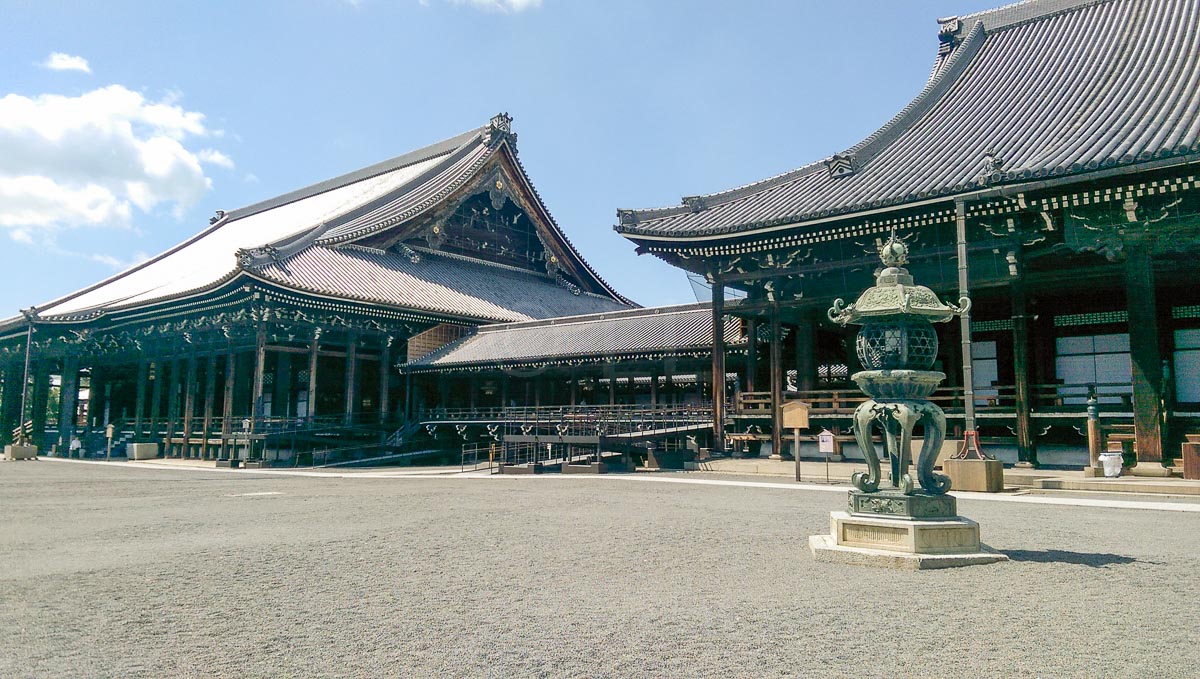
-
- Check out the decorative earthquake supports holding up the temple roof. There are umbrella stands and plastic bags to carry your shoes, so go upstairs to view the inside of the halls and walk the wooden verandahs.
-
To-ji temple
- The tallest pagoda in Japan is the 57m tall, five layer To-ji Temple.
- The temple was built in the late 8th Century after the capital moved from Nara to Kyoto.
- Look for the huge cherry tree set in a raised mound near the entrance – you can’t miss it.
- To-ji Temple and its associated buildings are UNESCO World Heritage listed.
- The area surrounding the Pagoda, Main Hall (Kondo) and Lecture Hall (Kodo) requires a ticket, which currently costs ¥500.
- The Pagoda itself is only open to the public on special occasions. Entry on these occasions costs ¥800.

The Seven Great Temples of Nara
The powerful Buddhist “Seven Great Temples” include Todai-ji and Kohfuku-ji in Nara Park. Daian-ji is largely destroyed and only small sections of Gango-ji remain, The remaining buildings of Saidai-ji, the “Great Western Temple are close to Yamato-Saidaiji Station on the Kintetsu Nara Line.
The East Pagoda at Yakushi-ji, is sometimes called the most beautiful pagodas in Japan. It’s currently under repair and is surrounded by scaffolding until 2018. Horyu-ji, in nearby Ikaruga, Nara Prefecture, is said to be the oldest wooden building in the world. The original building was completed in 607 but reconstructed in 711.
Other temples in Kyoto – the ones we missed
There are many temples and shrines to visit, especially in and around Kyoto. Two we missed despite being assured we shouldn’t were the Gold & Silver temples in Kyoto. The Golden Pavilion, Kinkaku-ji is notable because the top two layers are covered in gold leaf. A popular viewing spot is across the lake so you see the reflection in the water. You currently pay an entry fee of ¥400. The original 14th Century Zen Temple was destroyed by fire. It was reconstructed in the 1950s and opened in 1955.
The Silver Pavilion, Ginkaku-ji is the original temple, built in 1480. However, it isn’t decorated with silver, as was the plan. After the death of the shogun, the building was converted to the Zen temple seen today. It’s open every day, entry was ¥500 when we visited pre-pandemic.
The main reason we missed these two is because we just ran out of time. In addition, neither fits comfortable into a walking path that includes other places we visited. The Golden Pavilion, Kinkaku-ji is North West of the Imperial Palace – catch bus 101 or 205 from Kyoto Station. Silver Pavilion, Ginkaku-ji is two large blocks East of the Imperial Palace. Catch bus numbers 5, 17 or 100 from Kyoto Station to the Ginkaku-ji Michi bus stop.
For more things to do around Kyoto and a video which includes some of the temples in Kansai, check out our story on top things to do.
images©ET
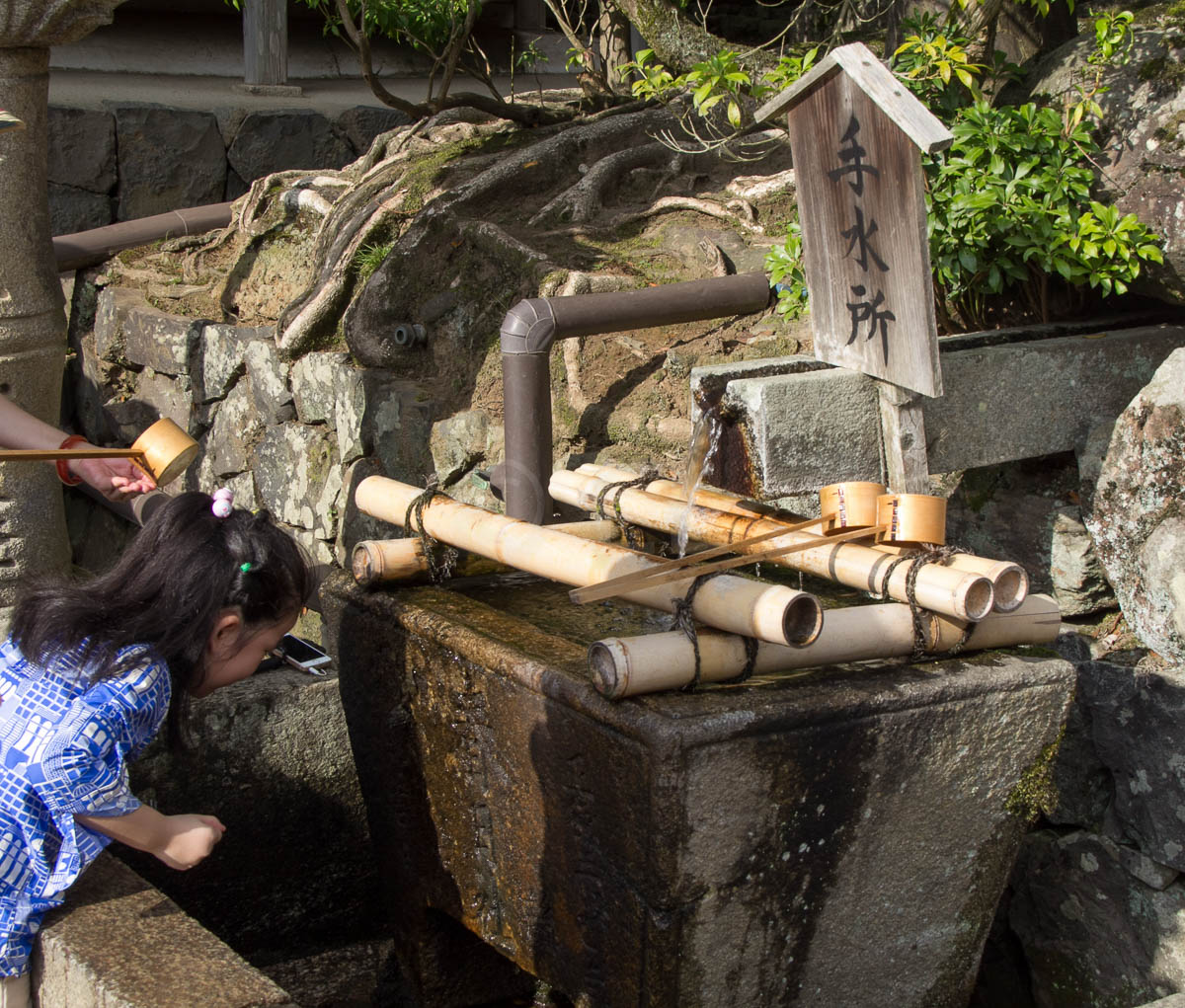






This Post Has 0 Comments